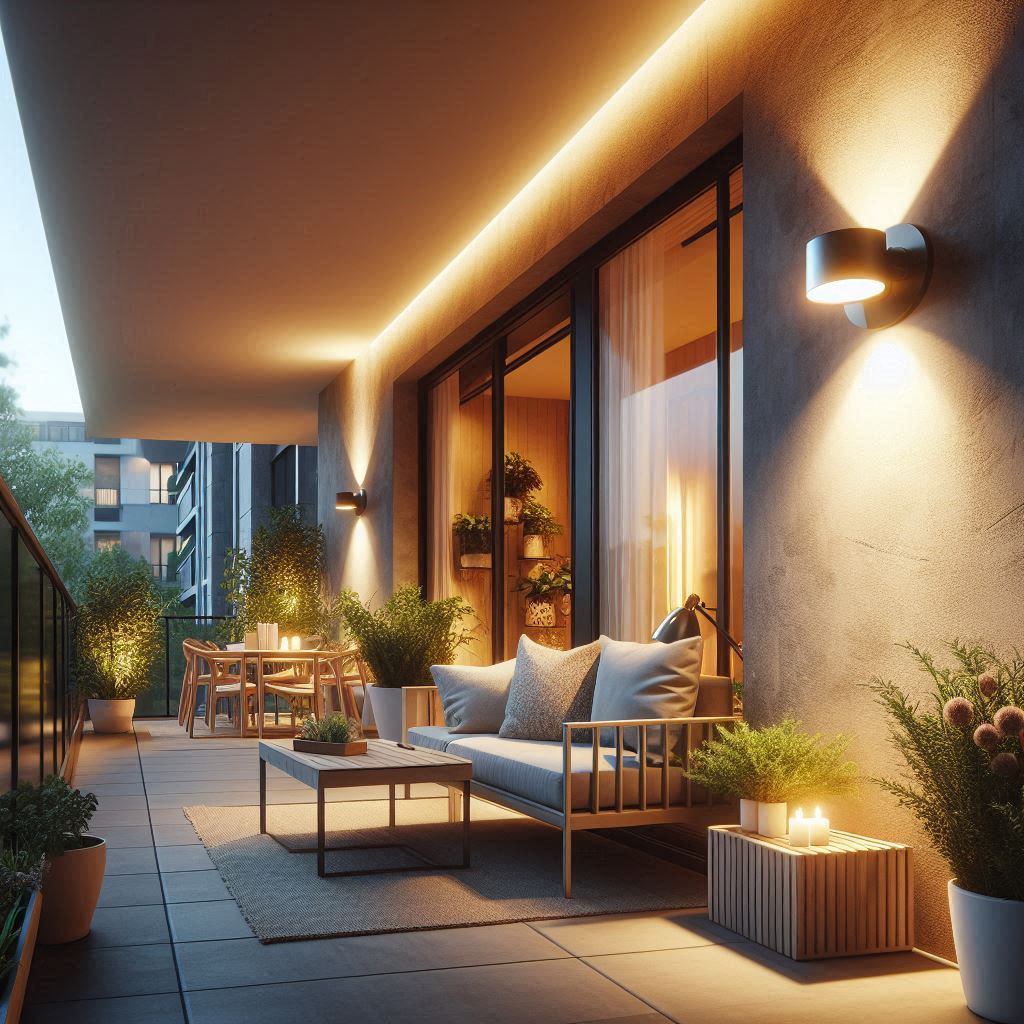Lighting an open area with only one side wall presents both a challenge and an opportunity. The absence of multiple walls means that wall-mounted lights must be chosen carefully to ensure sufficient illumination without overpowering the space. Whether it’s a patio, a terrace, a garden walkway, or a semi-enclosed outdoor lounge, selecting the right wall lights can significantly impact both aesthetics and functionality.
Challenges of Lighting Open Spaces with a Single Wall
When lighting an open area with only one supporting wall, you must consider:
1. Directional Limitations: With just one wall, light distribution needs to be strategic to cover the open space effectively.
2. Weather Resistance: If the area is outdoors, the lights should be resistant to rain, wind, and temperature changes.
3. Glare Control: Without enclosing walls, poorly placed lights can cause excessive glare or uneven lighting.
4. Atmosphere vs. Functionality: The lighting should balance ambient and task lighting depending on the space’s use.
Best Wall Light Options for Open Areas with One Side Wall
1. Adjustable Swivel Wall Lights: These lights offer directional flexibility, allowing you to adjust the beam to spread light across the open space. Ideal for patios and terraces, they ensure light reaches areas that would otherwise remain dim.
2. Up and Down Wall Lights: Up and down wall sconces are excellent for creating a stylish yet functional lighting effect. The upward beam enhances ambiance by illuminating higher surfaces, while the downward beam provides visibility at ground level.
3. Wide-Beam LED Wall Lights: If the goal is to cover a large area, wide-beam LED lights can cast an even spread of light across the open space. These are perfect for garden seating areas or open courtyards.
4. Motion Sensor Wall Lights: For security and energy efficiency, motion-activated wall lights provide illumination only when needed. These work well for driveways, entranceways, and semi-covered porches.
5. Wall-Mounted Floodlights: For areas requiring high-intensity illumination, such as parking spaces or large open courtyards, wall-mounted floodlights can be a great option. They ensure maximum brightness while remaining mounted on a single supporting wall.
6. Solar-Powered Wall Lights: If wiring is a concern, solar-powered wall lights provide an eco-friendly and cost-effective solution. They charge during the day and automatically light up at night, making them ideal for open garden areas.
Placement Tips for Maximum Efficiency
· Consider the Wall Height – Mount lights at a height that ensures maximum coverage of the open space without creating harsh shadows.
· Use Reflective Surfaces – If possible, use the wall’s texture or surrounding elements to help reflect light into the open space.
· Combine with Ground Lighting – If wall lighting alone isn’t enough, integrate ground-level lights such as pathway lights or bollard lamps for a complete lighting scheme.
· Opt for Dimmable Options – This provides control over brightness, allowing adjustment based on the time of day and activity in the space.
Conclusion
Lighting an open area with just one side wall requires careful planning, but the right wall lights can enhance visibility, safety, and ambiance effectively. Whether you opt for adjustable, solar, or motion-sensor lighting, ensuring proper placement and balance will create a well-lit and inviting space. Choose fixtures that complement the aesthetics of your environment while providing adequate illumination for practical use.

